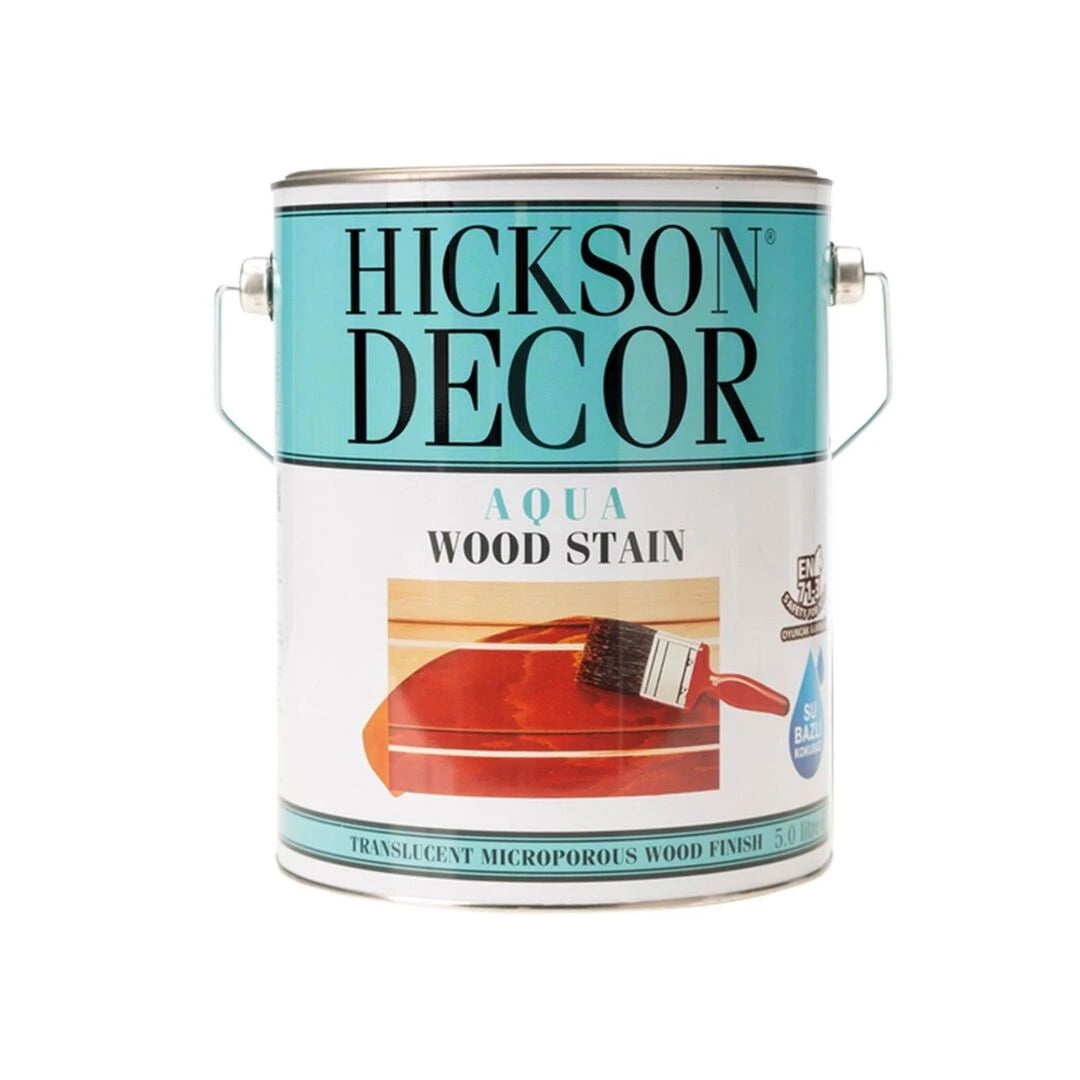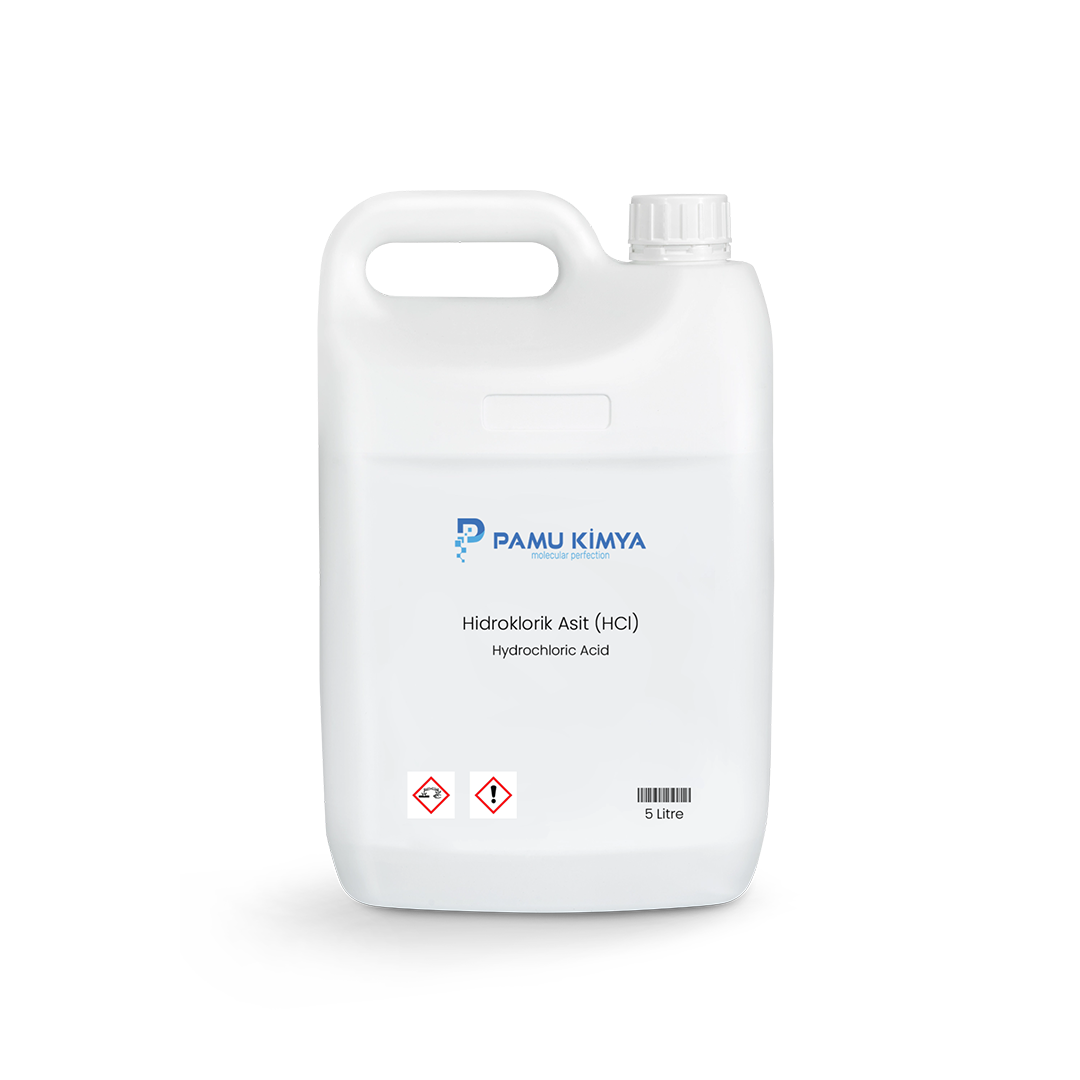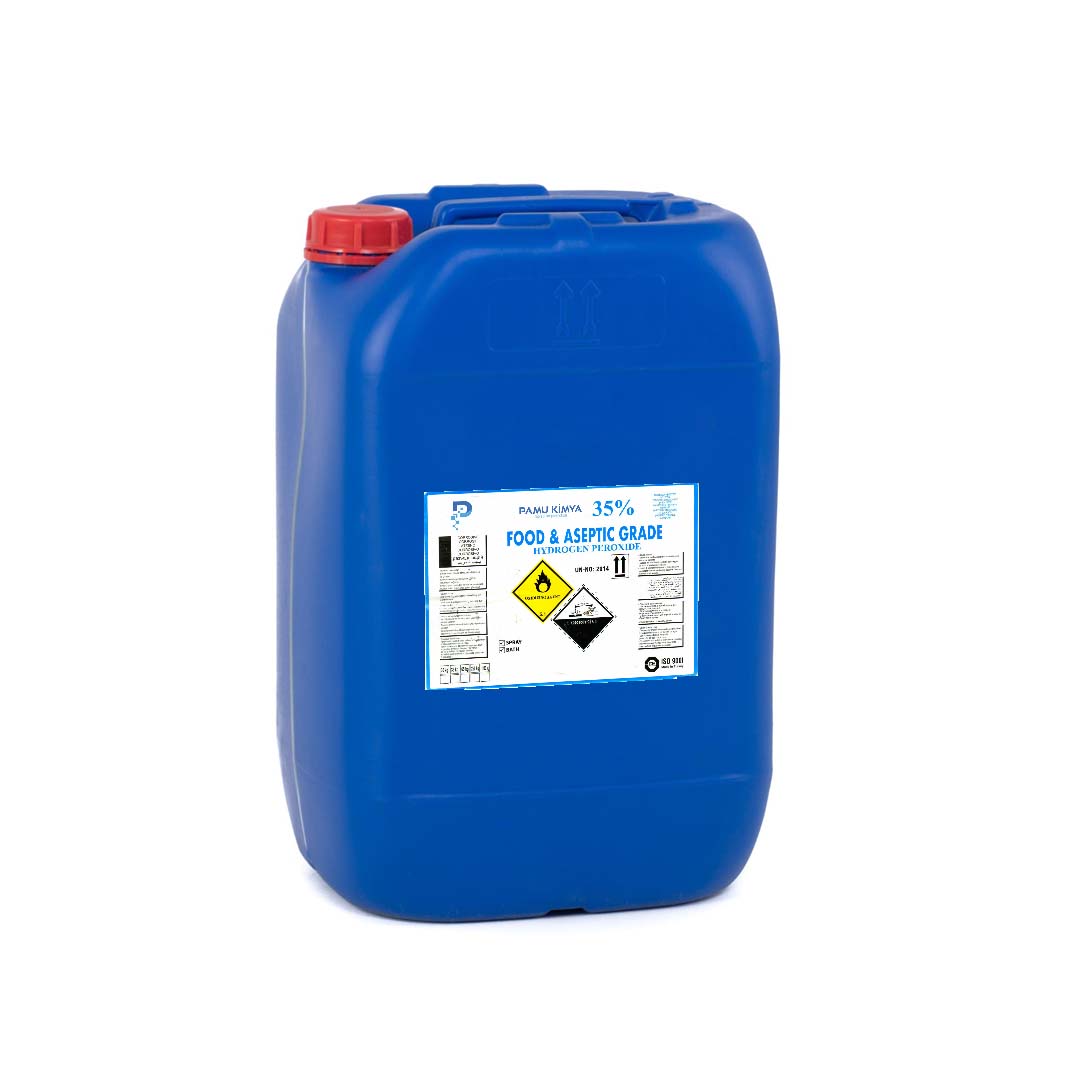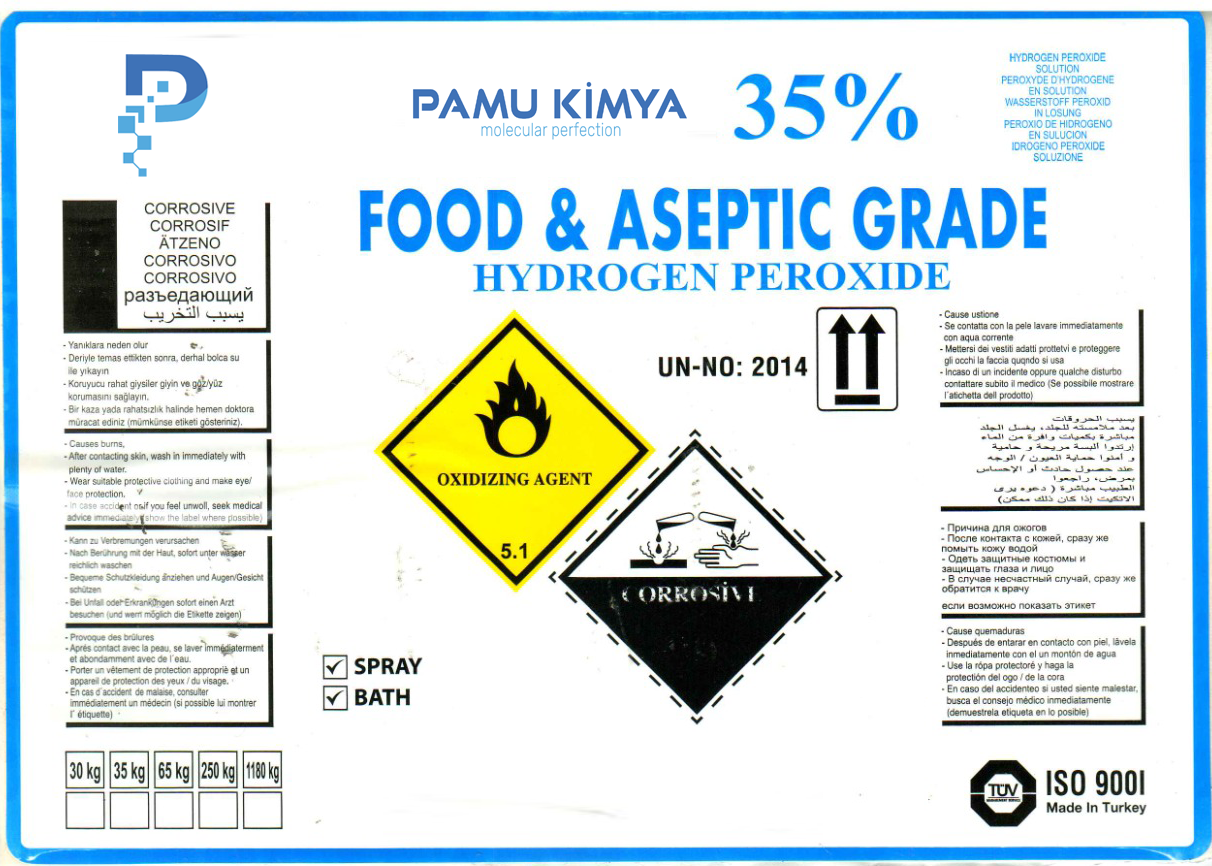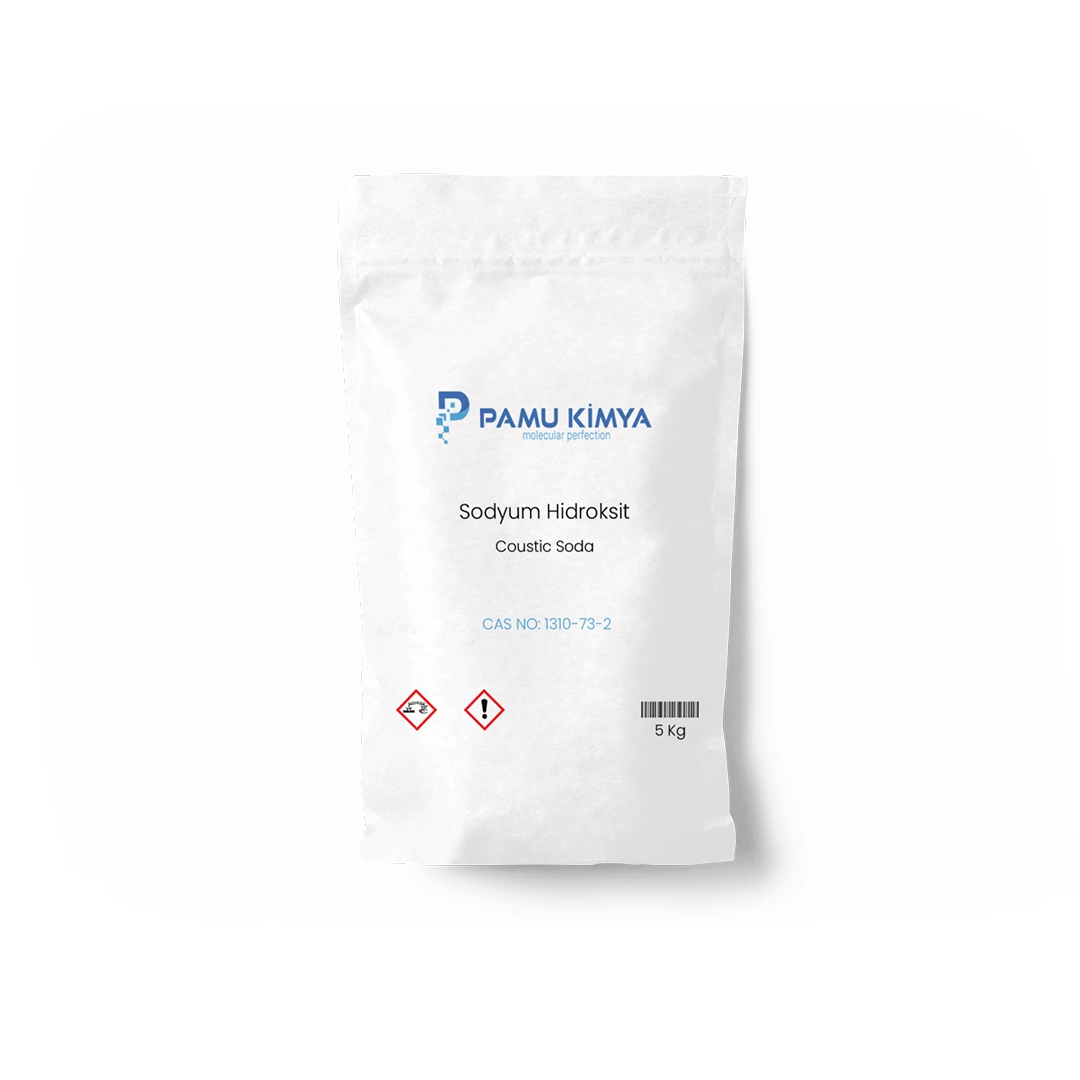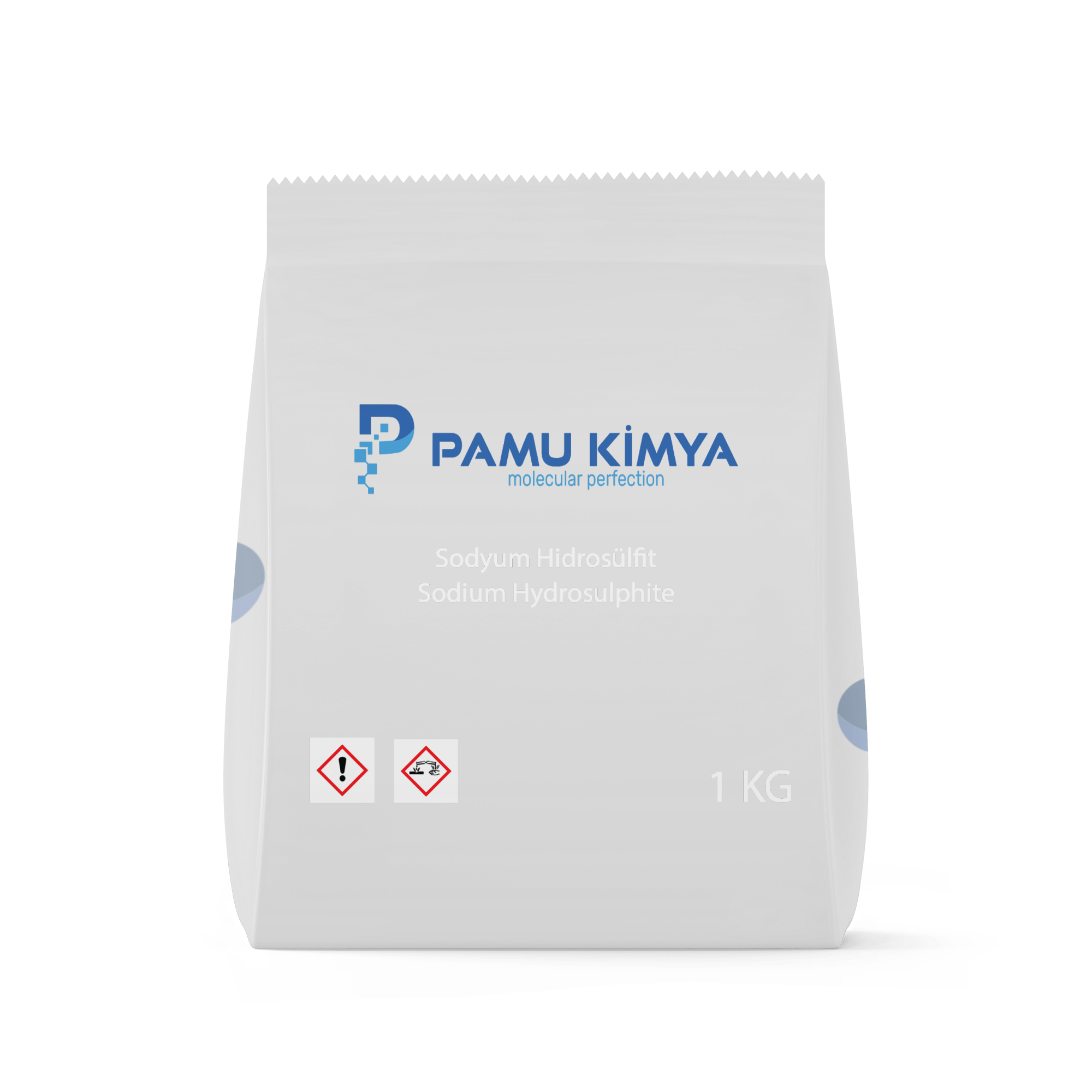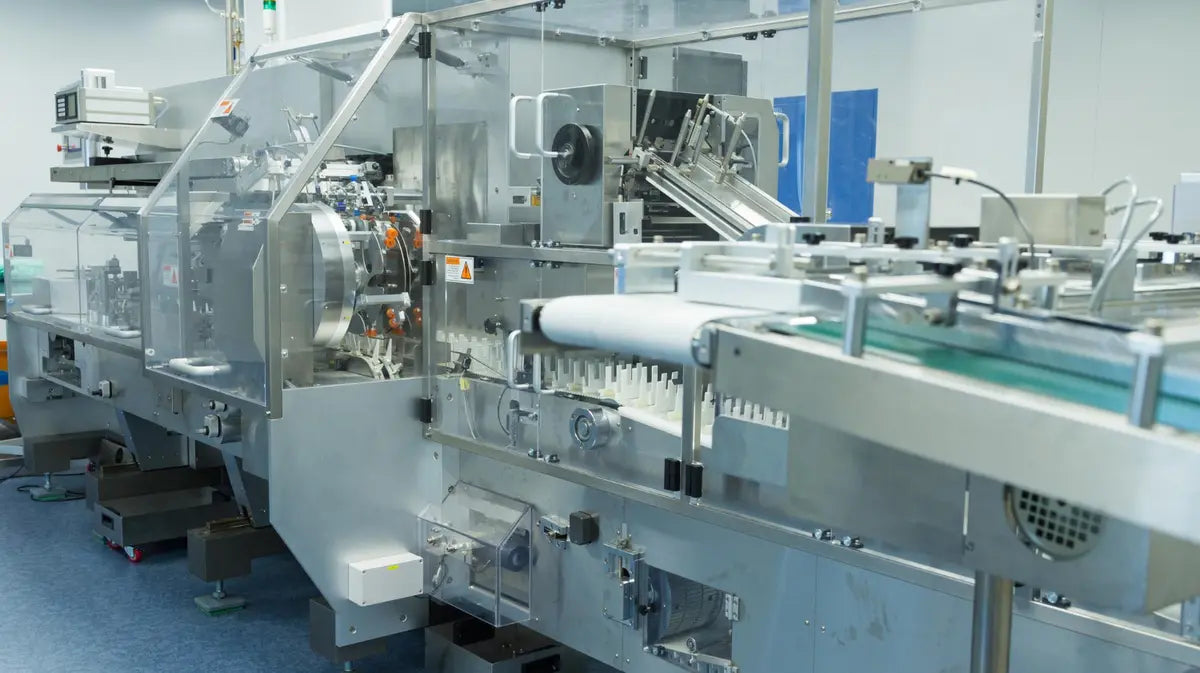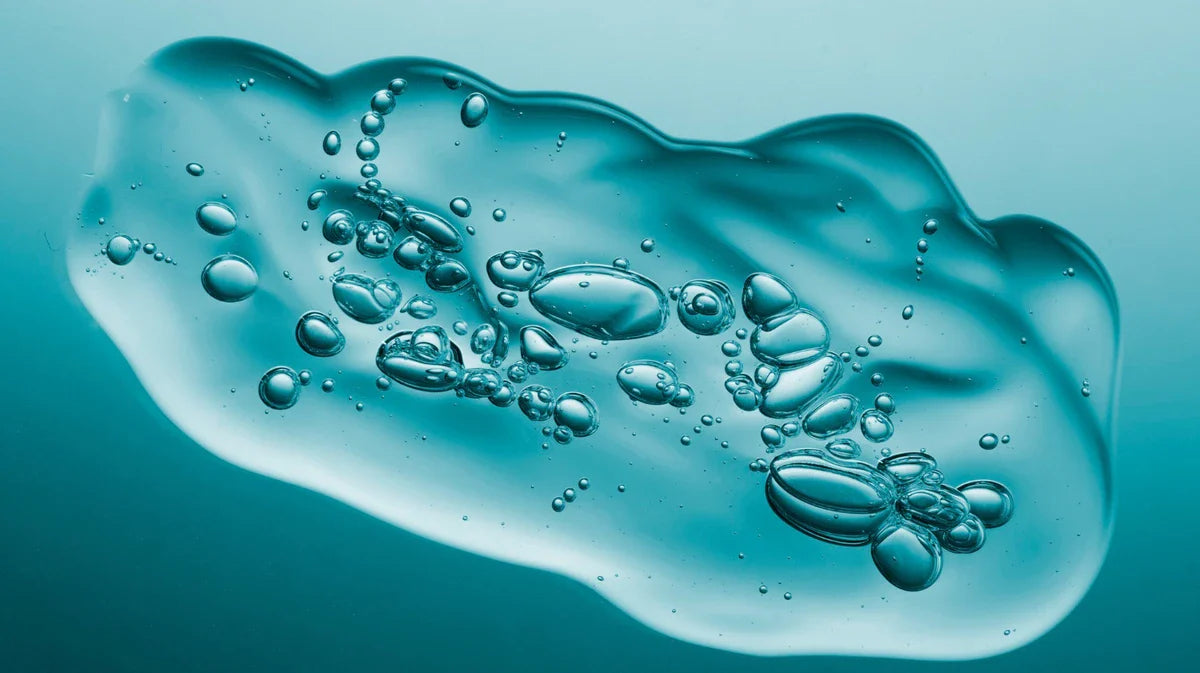
Surfactants
Surfactants are among the indispensable components of modern chemistry and industry. They have a wide range of uses, from household detergents and cosmetics to pesticides and the textile and leather industries. So, what are surfactants, what types are there, and why are they so important in industry?
In this article, we will discuss surfactants in detail and provide a comprehensive overview of both their technical aspects and their application areas.
What is a Surfactant?
Surfactants are specialized chemical compounds that can alter the physical and chemical properties of a surface. Their general structure has two distinct ends:
-
Hydrophilic end (water-loving part)
-
Hydrophobic end (oil-loving part)
This bidirectional structure allows surfactants to transport water-insoluble substances like oil and dirt. For example, in dishwashing detergent, the oil molecules adhere to the hydrophobic portion of the surfactant, while the hydrophilic portion binds to the water. This allows the oil to be easily removed by water.
Types of Surfactants
Surfactants are divided into four main groups based on their electrical charge:
-
Anionic Surfactants
-
They are negatively charged.
-
They have strong foaming and high cleaning power.
-
The most common example: Sodium Lauryl Sulfate (SLS) .
-
It is frequently used in laundry detergents, dishwashing detergents and shampoos.
-
-
Cationic Surfactants
-
They are positively charged.
-
They are preferred in disinfectants due to their antimicrobial properties.
-
They are also found in hair conditioners and softening products.
-
-
Nonionic Surfactants
-
They do not carry an electrical charge.
-
They are preferred in industrial cleaning and the food industry due to their low foam properties.
-
It has high oil dissolving properties.
-
-
Amphoteric Surfactants
-
They can carry both positive and negative charges.
-
They are frequently used in baby shampoos and sensitive skin products because they have a gentler effect on the skin.
-
Industrial Uses of Surfactants
1. Cleaning and Detergent Industry
The most common use of surfactants is in detergents. These substances are found in almost all laundry detergents, dishwashing detergents, liquid soaps, and all-purpose cleaning products.
-
It helps dissolve dirt and oil.
-
It increases the perception of cleanliness with its foaming feature.
-
It helps to remove water-insoluble substances.
2. Cosmetics and Personal Care Products
Surfactants act as emulsifiers in shampoos, shower gels, facial cleansers, creams, and lotions. This helps keep the oil and water phases together. They also meet consumer expectations with their foaming and cleansing properties.
3. Textile and Leather Industry
In the textile industry, surfactants are used to prepare fabrics for dyeing. They are important for removing oil and dirt, improving fabric water absorption, and ensuring even dye distribution. In the leather industry, they are used for degreasing and softening processes.
4. Agriculture and Pest Control
Surfactants are added to help pesticides adhere better to the leaf surface and distribute them evenly. This increases pesticide effectiveness and reduces the amount of chemicals used.
5. Food and Beverage Industry
In the food industry, some surfactants are used as emulsifiers. They ensure a homogeneous distribution of oil and water in margarine, ice cream, chocolate, and sauces. They are also used in food processing for foam control.
The Importance of Surfactants
-
Cleaning Power: Provides easy removal of dirt, oil and organic residues.
-
Versatility: It has a wide range of uses from detergent to cosmetics, from textile to agriculture.
-
Product Stability: Ensures that emulsions remain intact.
-
Economic Advantage: Provides effective cleaning while using less water and energy.
SEO Keywords
Keywords that can be used to make this article more visible in search engines:
-
What is a surfactant?
-
Surfactant types
-
Surfactant usage areas
-
detergent chemicals
-
surfactant in cosmetics
-
surfactants in industry
-
What is an emulsifier?
Conclusion
Surfactants are one of the most important solutions offered by modern chemistry. They are used in both daily life and industry, from cleaning and cosmetics to agriculture and food. Choosing the right surfactant improves product performance, reduces costs, and ensures consumer satisfaction.

